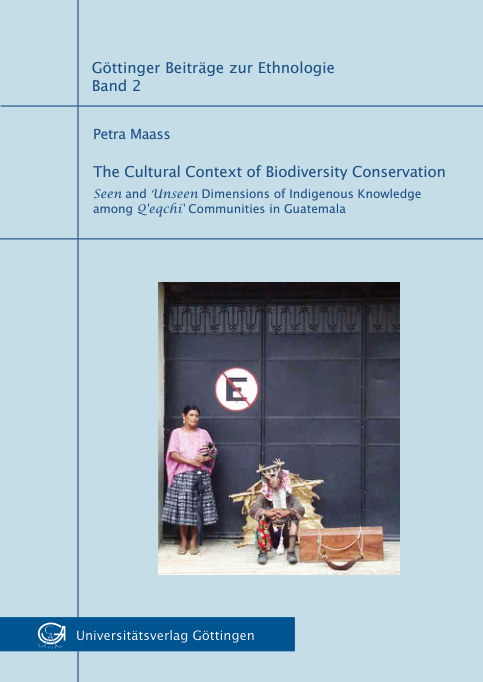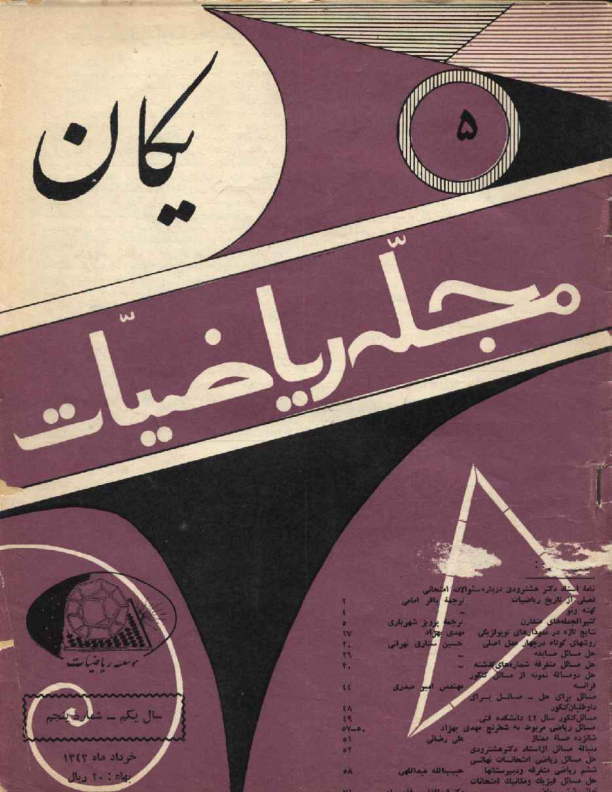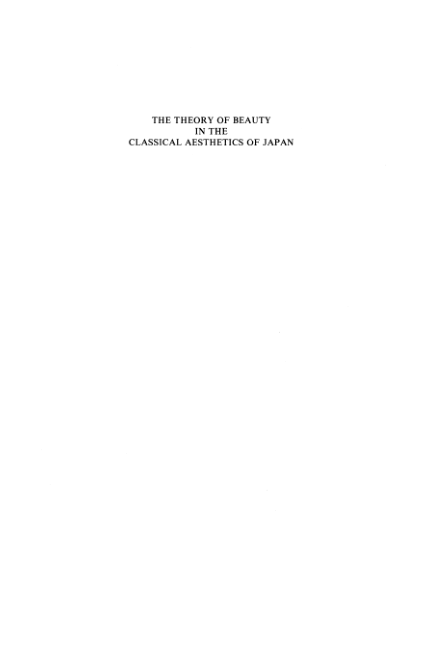How are biological diversity, protected areas, indigenous knowledge, and religious worldviews related? From an anthropological perspective, this book provides an introduction into the complex subject of conservation policies that cannot be addressed without recognizing the encompassing relationships among discursive, political, economic, social, and ecological facets. It draws on an ethnographic case study among Maya-Q’eqchi’ communities living in the margins of protected areas in Guatemala. In documenting the cultural aspects of landscape, the study explores the coherence of diverse expressions of indigenous knowledge. The basic idea is to illustrate that there are different ways of knowing and reasoning, seeing and endowing the world with meaning, which include visible material and invisible interpretative understandings. These tend to be underestimated issues in international debates and may provide an alternative approach upon which conservation initiatives responsive to the needs of the humans involved should be based.
 کتاب سل Ketab Sell | کتاب سل، بزرگترین منبع کتاب و جزوههای دانشجویی
کتاب سل Ketab Sell | کتاب سل، بزرگترین منبع کتاب و جزوههای دانشجویی









Reviews
There are no reviews yet.